AI Art is an Ethical Nightmare
A Pig made using Midjourney.
December 20, 2022
AI (artificial intelligence) generated art and the discourse surrounding it has taken over social media in recent months, and rightfully so. It has the potential to revolutionize the art industry and how entertainment media is produced.
AI algorithms work by having users enter ‘keywords’ into the program. The algorithm then looks at images associated with those keywords. This process is referred to by developers as “training”. It generates a picture based on creating a collage of those images.
The problem? Most algorithms don’t use free-use stock images as references; rather, they’re trained using human-made art without the artists’ knowledge.
“It’s stealing,” said MBA senior Xanna Palafox, an AP Studio Art student. “Small independent creators are getting their art stolen and are being ripped off.”
AI algorithms, as they are programmed, now are exploitative. It’s irresponsible for companies to be pushing to normalize them.
Most algorithms are trained using art hosting sites such as DeviantArt and Art Station. These sites are popular amongst independent artists who rely on selling art prints and doing freelance work to financially support themselves. They are not compensated by the companies behind the algorithms. In most cases, artists weren’t even asked to give consent on their pieces being used.
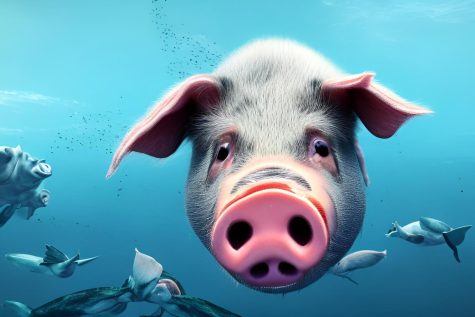
Artists have already begun speaking out in the issue.
“A bastion of hireable, skilled, industry talent can’t coexist with a tide of infinite theft,” tweeted digital artist and character designer Nicholas Kole via his Twitter account.
On Dec. 13, Kole created a graphic that he posted on Art Station in protest of the website’s statement on allowing AI Art. As of Dec. 14, his original post has garnered over 26 thousands views and 2.5 thousand likes and inspired others to create their own variations and post them.
Supporters of AI art claim that these generators make art more accessible. However, good intentions don’t justify harmful actions.
Art has never been more accessible than it is now in its current state. There are thousands of tutorials and references available online with a simple Google Search that don’t involve art theft. Making good art requires hard work and trial and error. Drawing is a skill, not a talent! Most of all, creating art requires genuine emotion and human expression, something that AI can never imitate.
“There’s no heart whatsoever in AI,” said Palafox. “It’s fun to mess with, it looks pretty, but that’s it. It shouldn’t be legitimized, especially when it steals from actual artists.”
Whether or not AI Art is something that’s here to stay or simply a fading trend remains to be seen, but I will be hoping for the latter.

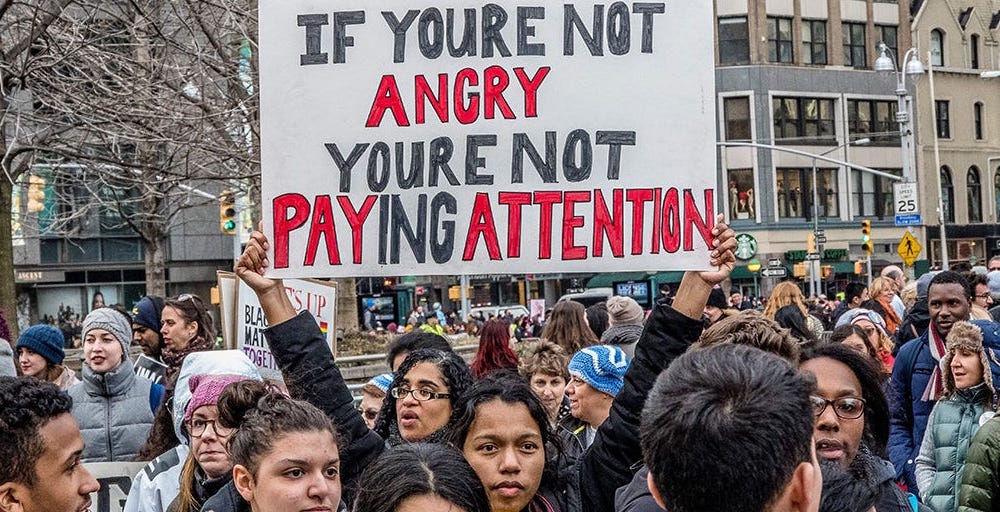
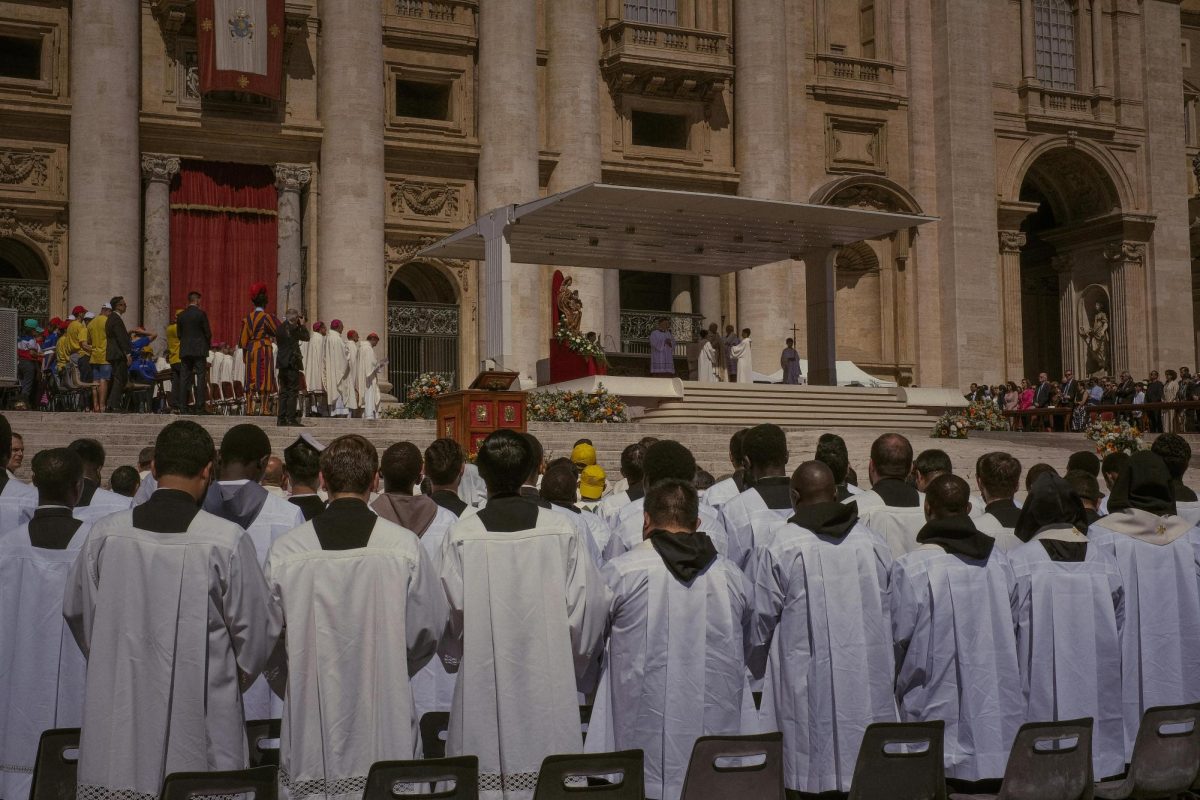



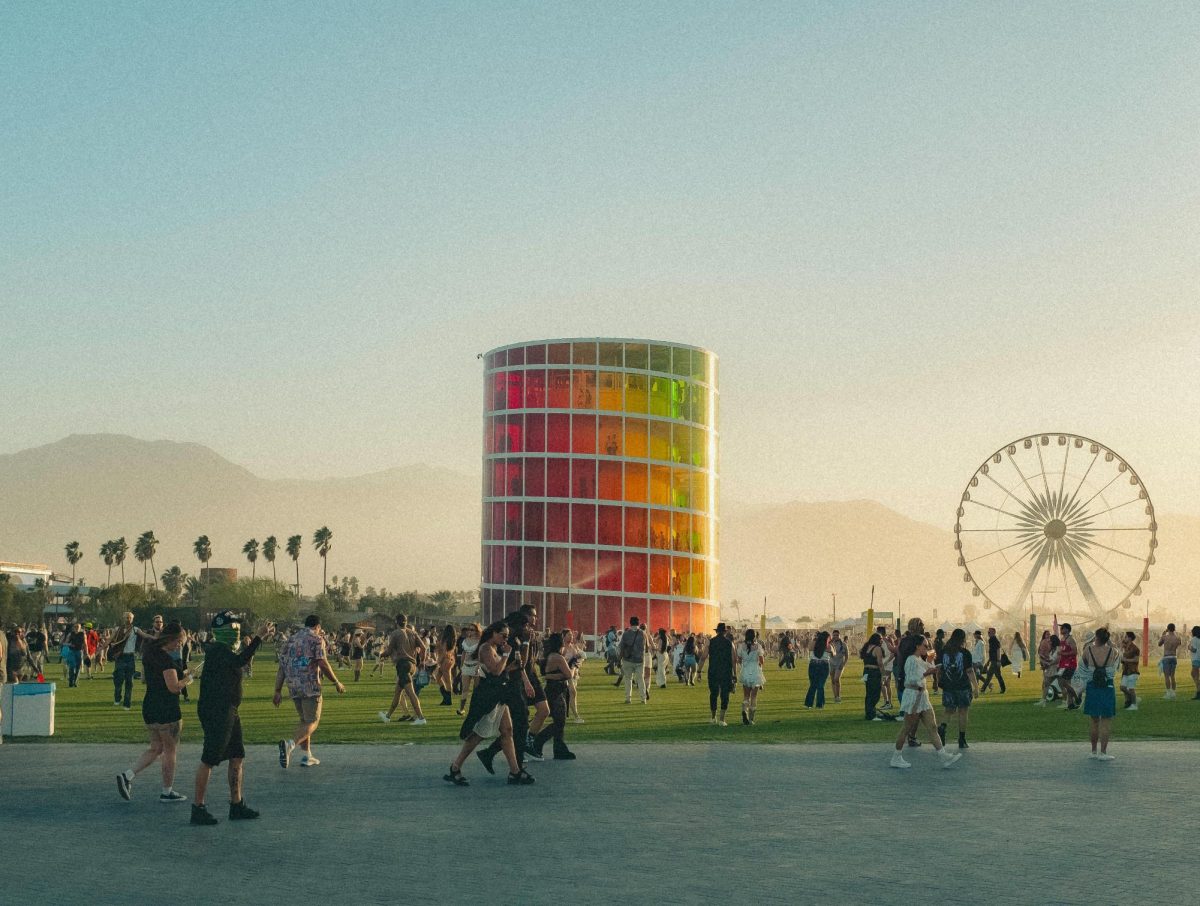


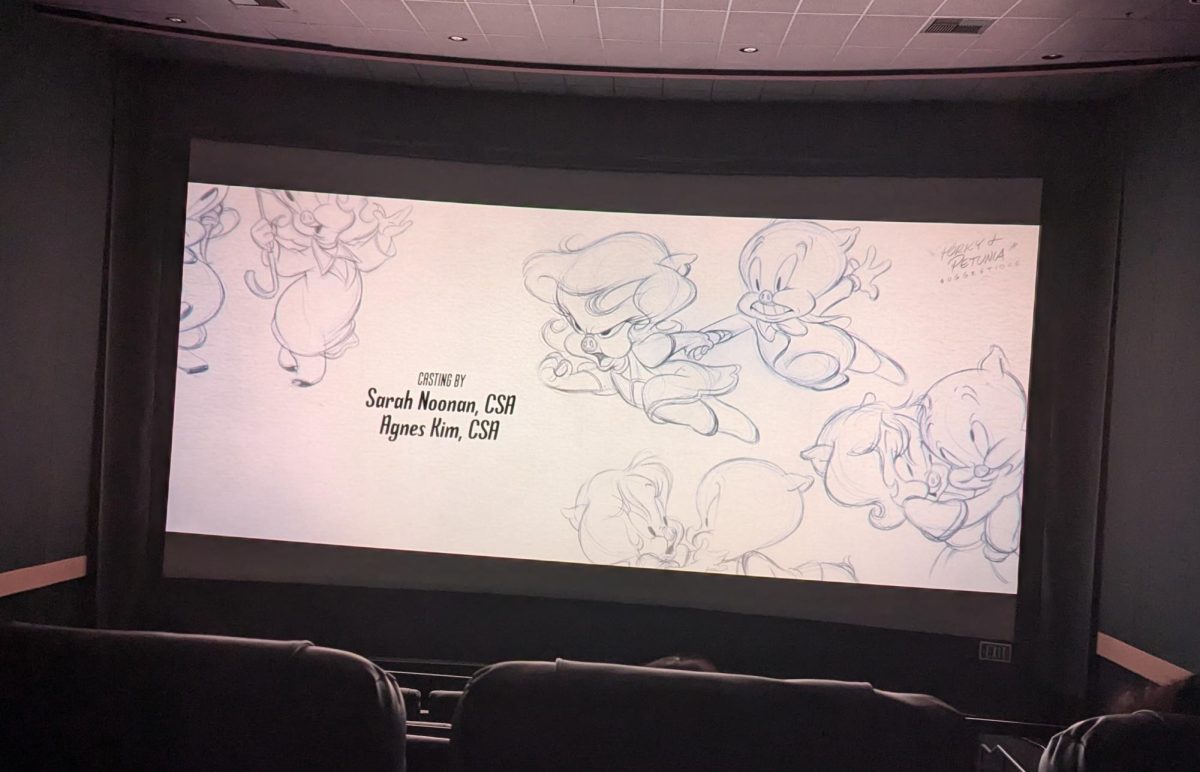
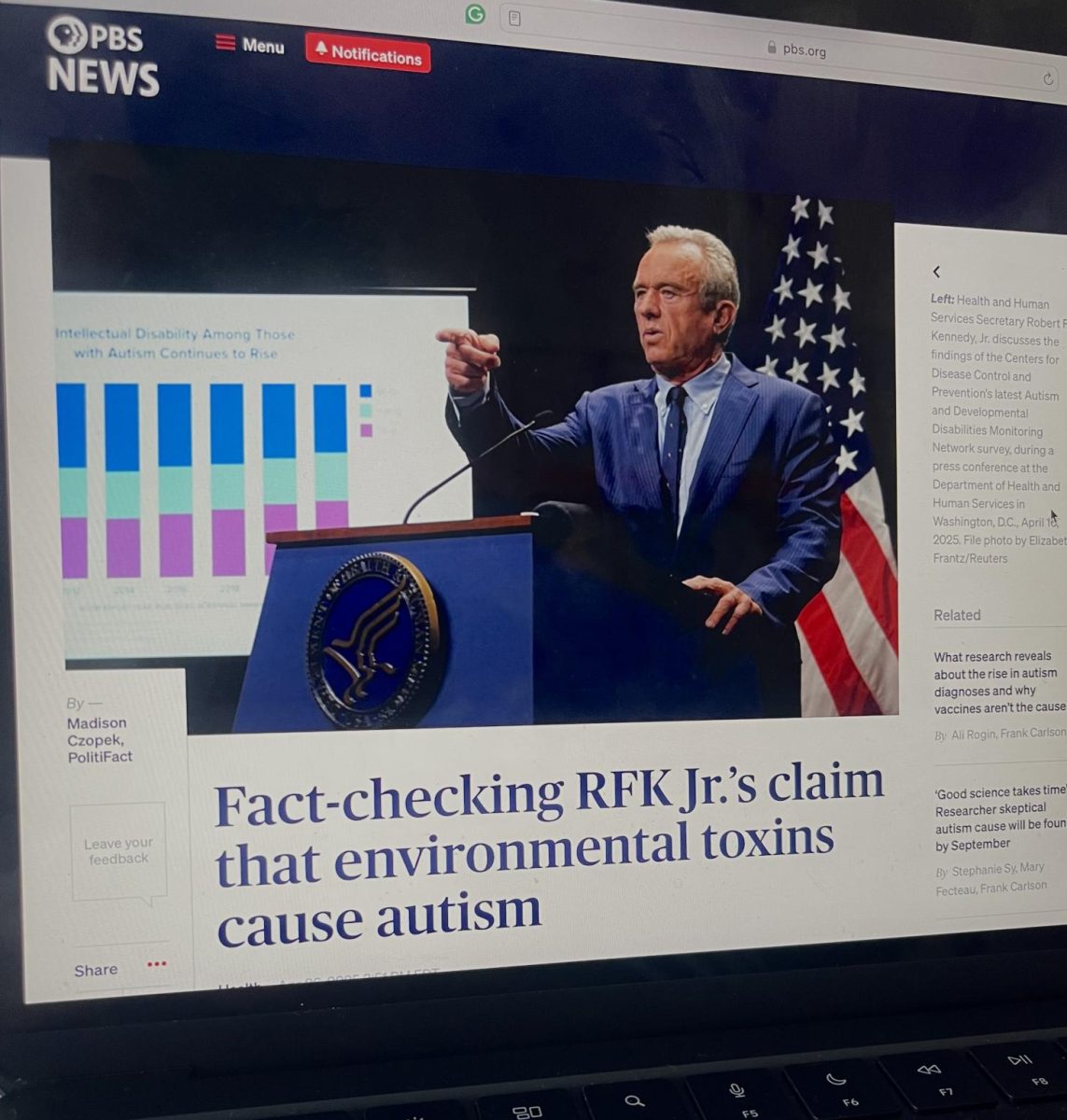

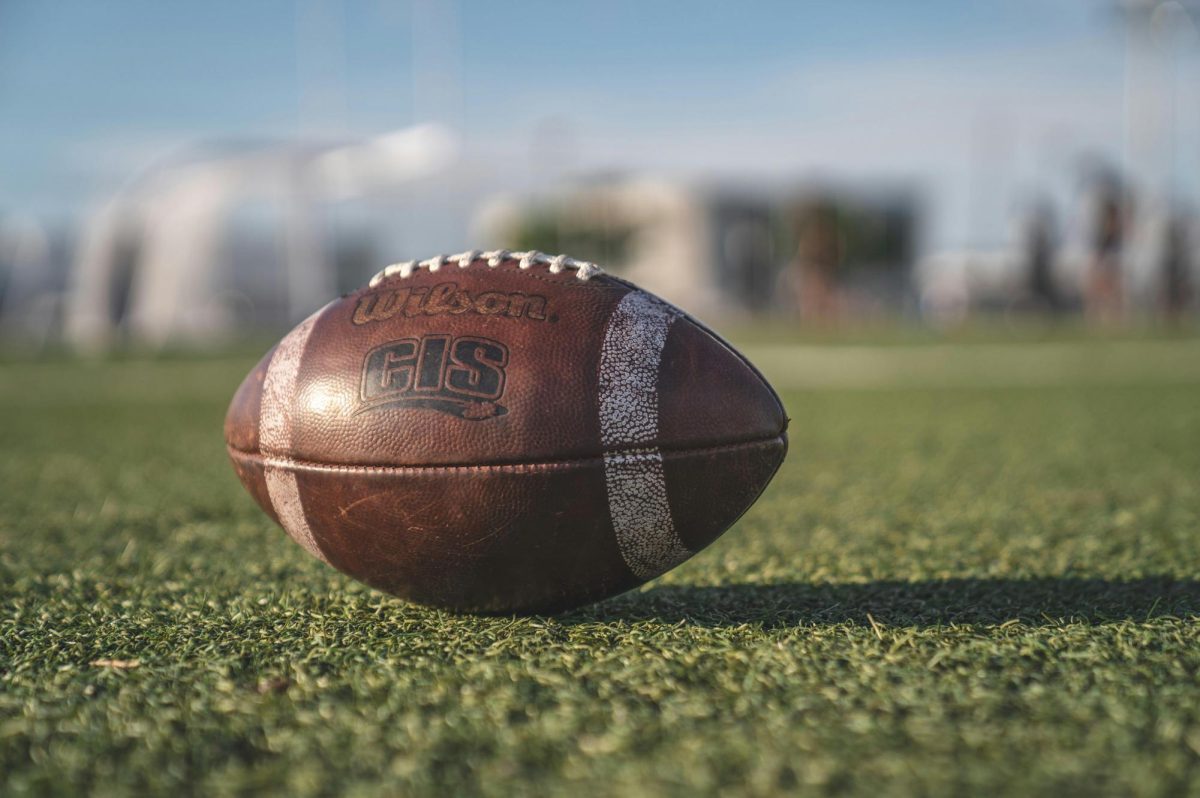

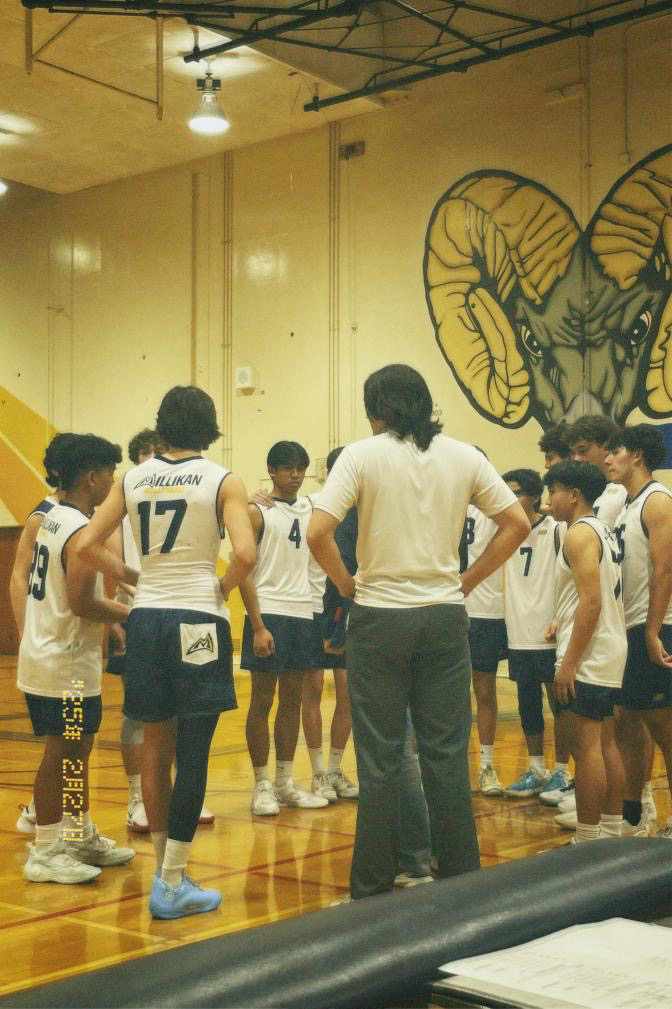
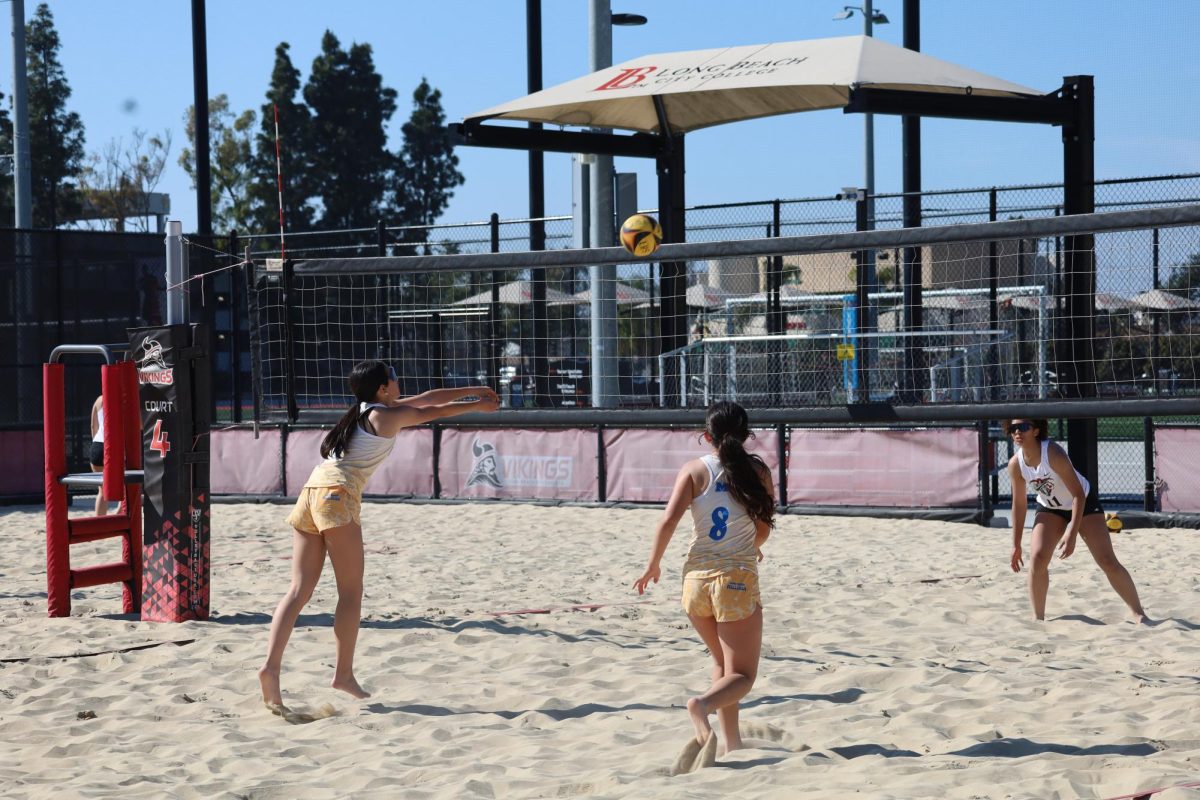
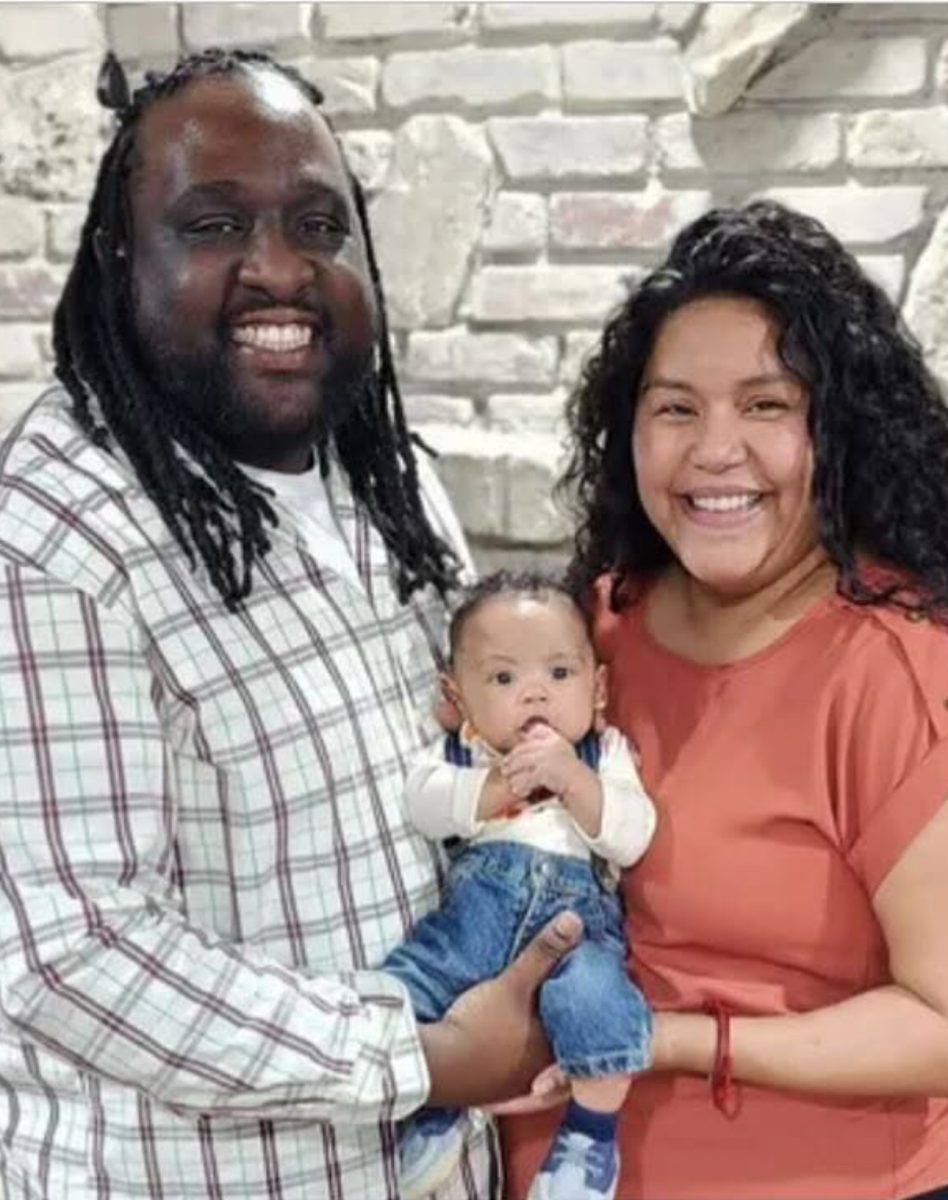
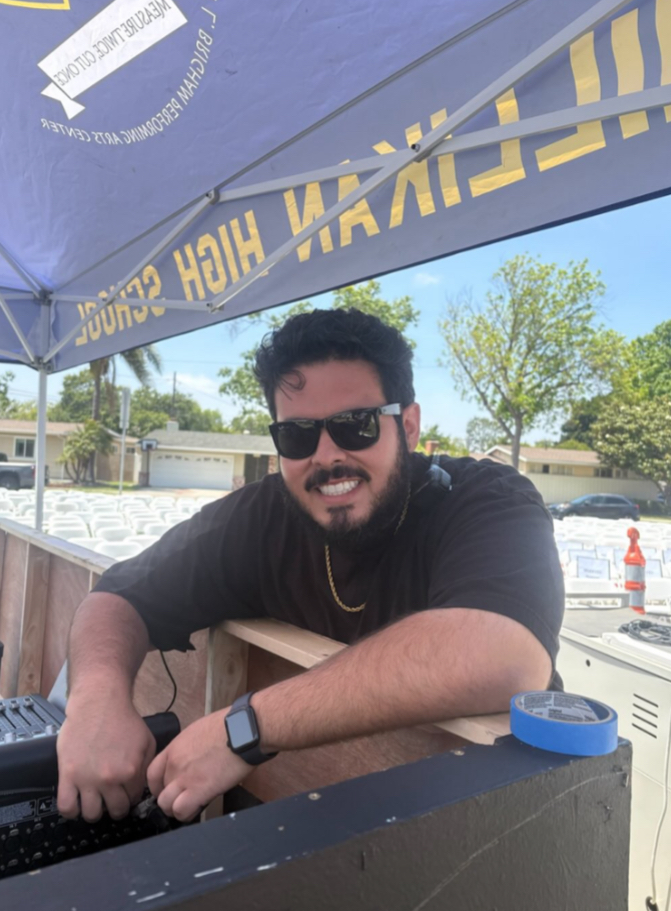
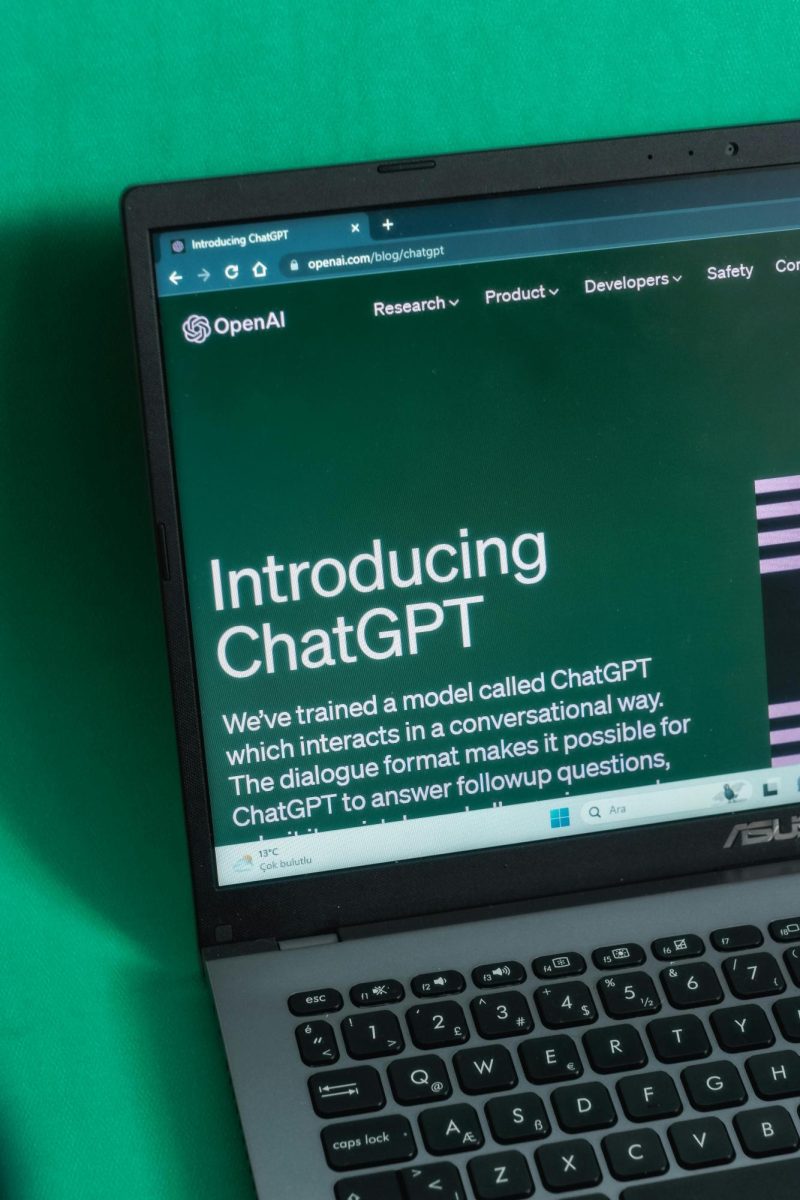
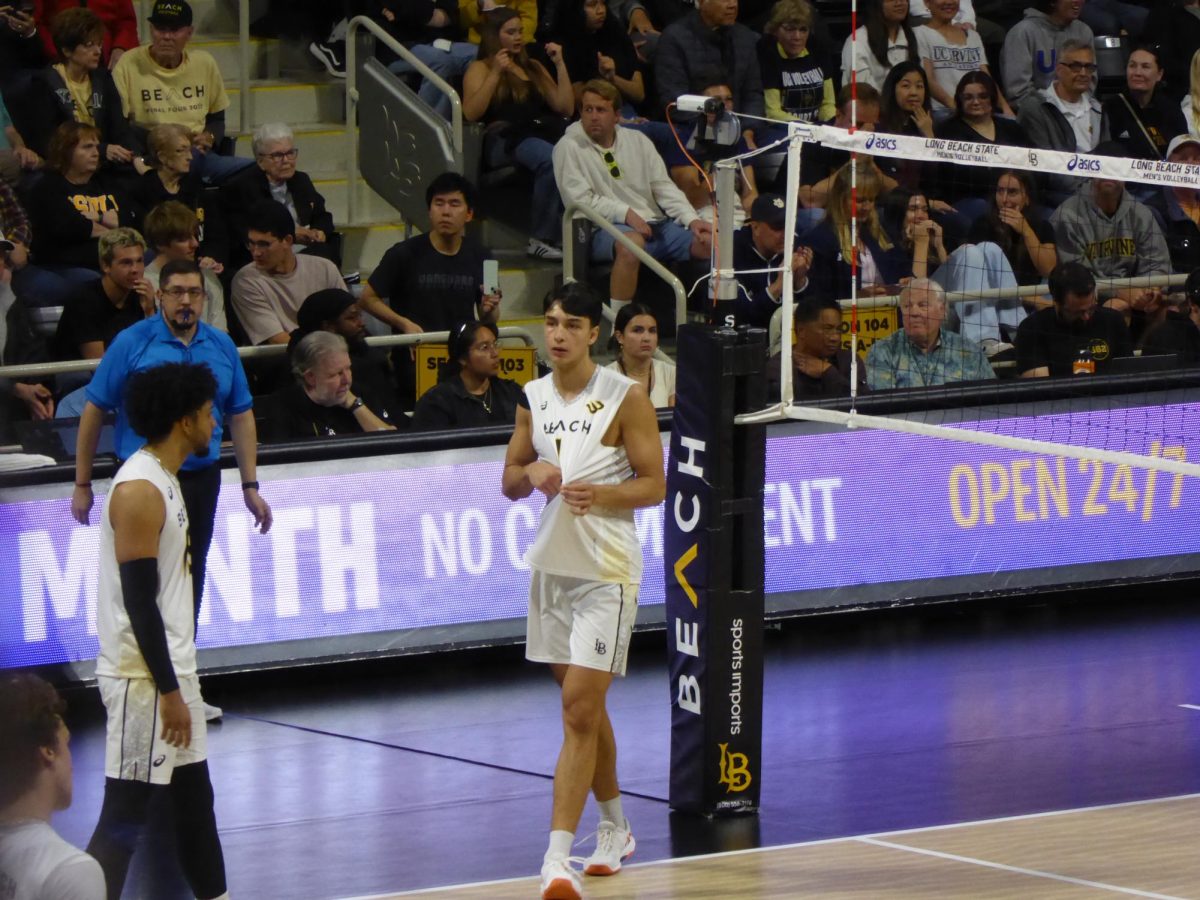
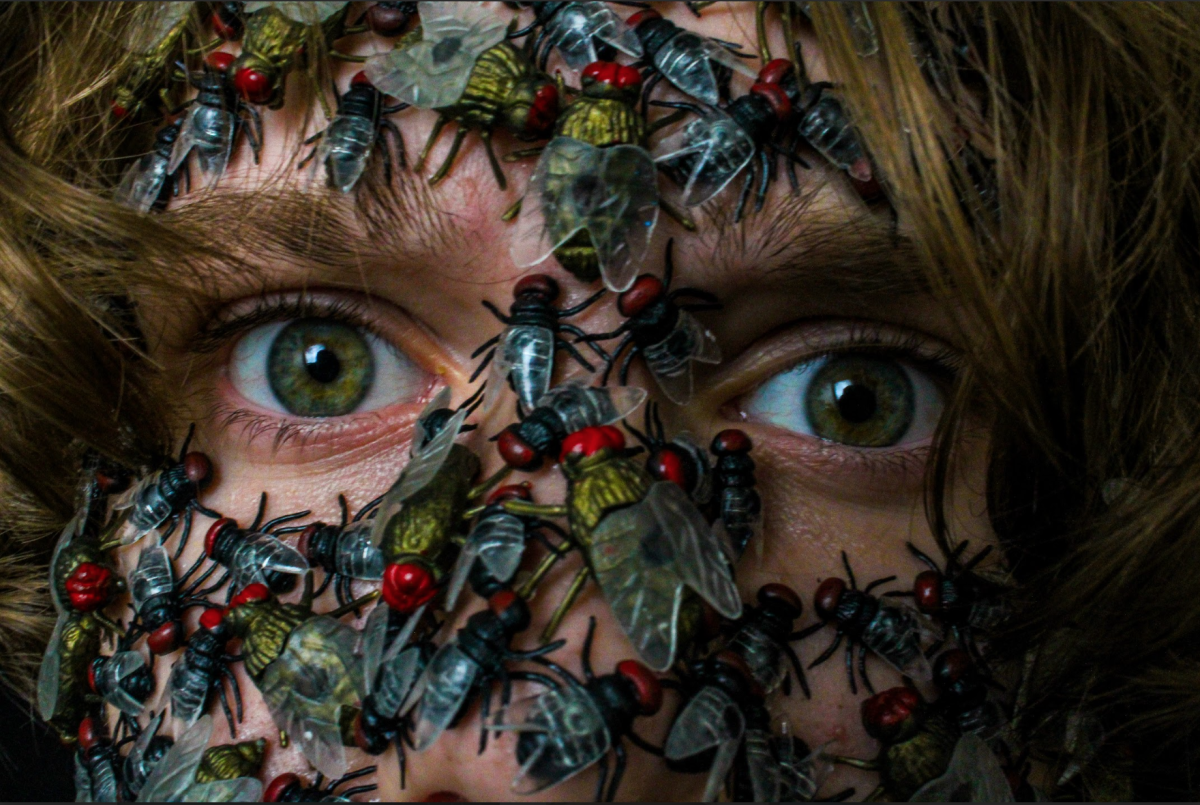



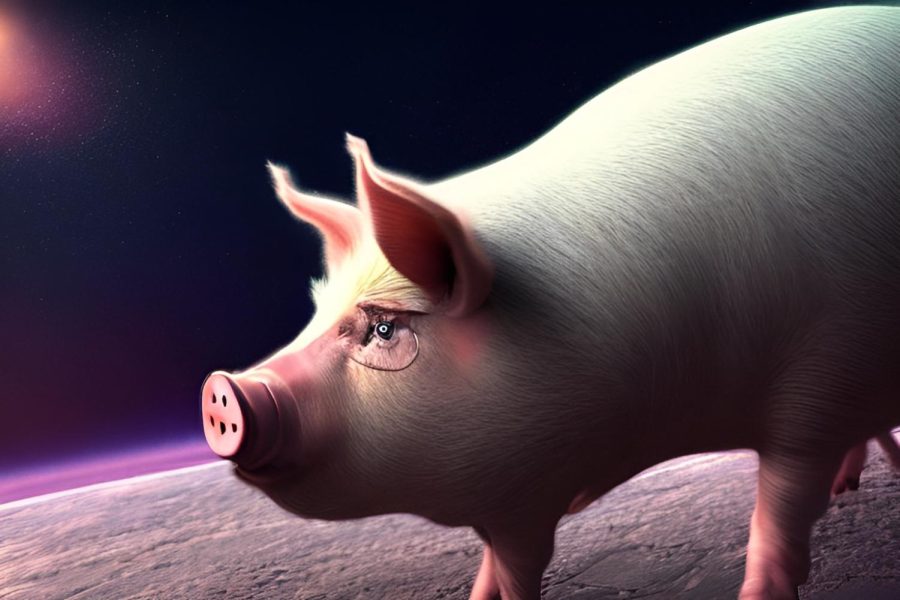
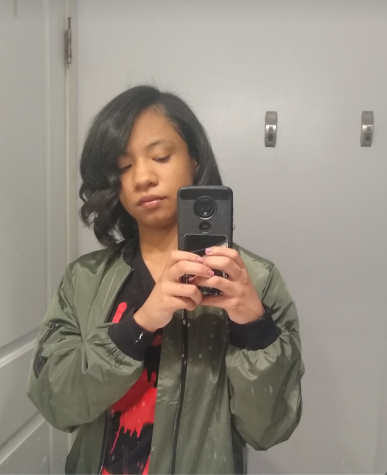
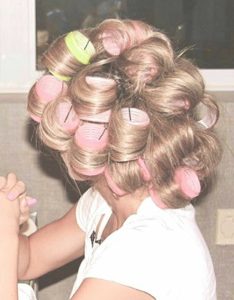


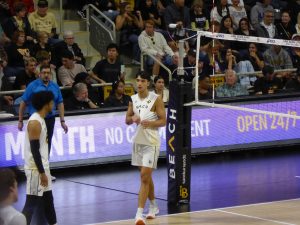

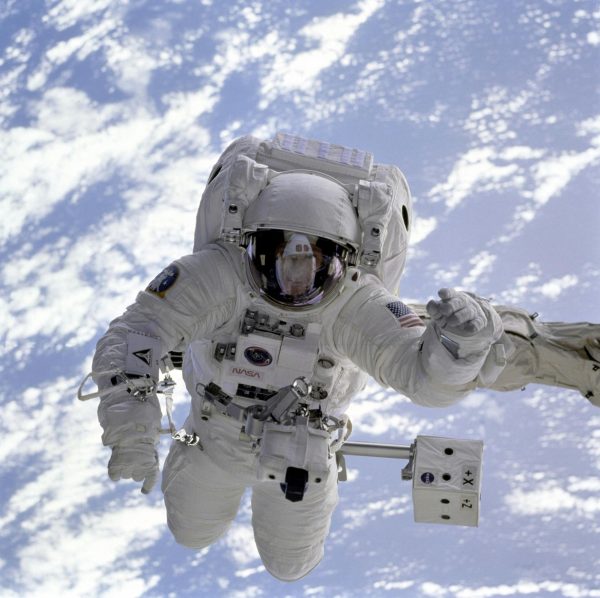
Sean Ryder • Feb 6, 2023 at 12:38 pm
On December 20, Rebecca Wilson wrote an article titled “AI Art is an Ethical Nightmare”. The article does a wonderful job of discussing the immoral practice of art theft that most AI algorithms are based on. I agree that it is incredibly unethical how these algorithms plainly rip off independent artists’ work to use as reference. There has actually been quite a bit of pushback against the use of AI-generated images within the online art community. In recent months many artists on platforms like Instagram have been spreading the word about AI-generated art and how harmful it is becoming for real human artists. Personally, I think the worst thing about this AI art is how devoid of meaning it is. I believe that true art is part of a uniquely human experience and a product of expression. Art can be anything you want it to be, the argument isn’t that AI art isn’t good enough or anything like that, it’s that art should at the very least have meaning. When you’re having an AI create something it’s not art, that’s just telling a computer to throw some pixels together and see what happens. Which is an even bigger insult to the actual artists who worked tirelessly to create the pieces that these AIs are just taking data from. Personally, the scariest thing about this situation to me is not that AI threatens the concept of traditional art, but that people genuinely believe that a computer-generated image and a piece of artistic expression are comparable.
Vaughn Lawson • Feb 3, 2023 at 11:06 am
February 1st, 2023
Dear Rebecca Wilson,
On December 20th 2022, you made an article criticizing the use of artificial intelligence for art called “AI Art is an Ethical Nightmare”, which goes into detail on how AI creates media through the use of its collage system as it uses art from other creators without consent or permission. I had absolutely no idea it did this in the first place! And while I do enjoy AI art and a lot of the images are very surreal/interesting, that is still no excuse to blatantly rip off some other creators’ art work. Even if the art is more accessible you are still correct on the fact that good intentions don’t make it any less of an issue. I never knew that digital art would take from certain artists on platforms such as deviant art and art station which are primarily popular places for art to be created and shared. And yes while the art does look neat and interesting, there really is no substance in it as it is most likely just a large collection of other people’s work which took lots of time and effort to create and produce. However, while I still believe that AI art is wrong in its own right when creating masterpieces, I still hope that it can sort out these issues by using art from other artists so that it can hopefully stick around. Because if I’m being completely honest the AI art still does look pretty cool. Thanks for bringing light to this issue!
Sincerely,
Vaughn Lawson, Grade 11
Steve Ke • Feb 1, 2023 at 1:58 pm
On December 20, Rebecca Wilson wrote an interesting article titled, “AI Art is an Ethical Nightmare”. I find that the argument on whether AI art is good to be very intriguing since art is an expression of the human mind and soul. When a machine creates art for you, the art can lose its credibility and importance. Furthermore, I agree that AI art steals from artists because in the process of developing the AI algorithm, a lot of copyrighted art pieces are used, without permission, to train and optimize it. The algorithm identifies repeating patterns from the themes and styles of art and replicates them to fit different situations. This purely mechanical approach of creativity misses out on the whole purpose of art, which is to build and create something from your imagination. I wonder what will happen for the future of AI art since the technology is still developing and big improvements are being made every year. In my opinion, the only time when art made from an AI can truly become creative is when the machine can think for itself. Thank you for showing me the growing ethical dilemma of AI art and the impact it makes on the art community.
Sam Gunawardena • Feb 1, 2023 at 1:24 pm
The article “AI Art is an Ethical Nightmare,” written by Rebecca Wilson on December 20, discusses the controversy surrounding the morality of using artificial intelligence to create art. While I understand the common stance that AI art is practically plagiarism, I have some inquiries about what constitutes “stealing” art. To begin with, AI studies art without consent, but if it’s analyzing hundreds, if not thousands, of works and collaging them together in its own way, do the original artists still have the right to claim a piece that looks nothing like their original creation? Similarly, traditional artists often use references when learning the fundamentals of art, and then progressively well into their careers when experimenting with new subjects. In art classes, students are often encouraged to try to imitate the work of famous artists such as Picasso or Van Gogh as a means of helping them develop their own sense of style, much like the AI does. Wilson claims that AI art will never be capable of emulating the same sense of human connection as manual art, but saying as the AI is man-made, and the art it studies is likely man-made as well, is it not the epitome of human creation? Moreover, the person using the AI has to actively know what they want so they can input it. This being the case, it’s a lot like the speech-to-text feature that many people use to verbally express their thoughts into text, except in this case, it’s text-to-art. In many ways, this can be beneficial to the progression of design and human expression. Those who aren’t particularly artistically skilled could effortlessly put their ideas into images to better communicate their opinions and concepts. I can also see this being a huge step forward for architects, doctors, and other professionals needing quick sketches and models as a foundation for more detailed art. Unfortunately, this will likely come at the expense of graphic designers and illustrators. The frustrations of artists are entirely valid, but I also believe it’s essential for us to acknowledge the benefits of AI art as well. Overall, this article has opened my mind to understanding both the advantages and fears encompassing the new technological advancement, seeing as it’ll completely change the way we view art in the future.
Yoseline Poveda • Feb 1, 2023 at 1:07 pm
AI is a form of art that has had a current surge in popularity, and there has been an issue with its lack of originality as AI uses art made by many unknown artists without their permission. I have encountered a lot of AI myself, as it has been popularized amongst TikTok. It has even gone as far as to have AI generators that use artist’s voices such as Ariana Grande to sing songs made by other artists. I feel as though it is disrespectful to be using art that was made by other artists and exploiting it through this method as well, and I am glad this topic has been brought to other’s attention. Artists work hard and put their time and effort into making this art that is now open for the world to access what is not rightfully distributed for them to use. With a quick Google Search, you can find countless instructions and references online that don’t involve stealing works of art. It doesn’t make sense to feel the need to have this art form grow to be more than one of many faded trends. AI is not true to being something that is “art”, as the genuine human feeling and expression necessary for the creation of art is simply something AI will never be able to replicate. Overall, the execution of this article was outstanding, and I loved the discussion over such a compelling topic!
Natalie Ceja • Feb 1, 2023 at 1:05 pm
On December 20, Rebecca Wilson wrote an article titled “AI Art is an Ethical
Nightmare”. The issues with the new AI-generated art are highlighted in this article. According to this article, the application searches through photographs on the internet before using some pre-existing artwork to reproduce or imitate in order to make a finished product. Many artists believe that their work is being stolen or that they are losing their employment because of this. This is a valid answer since artificial intelligence (AI) can create new artwork from the work of others, saving hours of labor. The article states that true human feelings and expression are necessary for the creation of art, and AI will never be able to replicate it. I agree with this remark, however, given how quickly AI is developing, I wonder how long it will be until it can generate feelings on its own and attempt to capture them in works of art. This article does a fantastic job of highlighting one of the many facets of the rapidly developing AI field. AI essays and algorithms that can perform far better on tests than humans are now available, in addition to AI networks. I believe that we are beginning to understand AI’s true potential, and we must carefully consider how we will use it and incorporate it into our daily lives without doing away with professions like those of artists and writers.
Benjamin Truong • Feb 1, 2023 at 12:58 pm
On December 20, Rebecca Wilson wrote an article titled, “AI Art is an Ethical Nightmare.” The article mentions how AI art is hurting artists and the easy accessibility of art today. AI art is a huge problem because it rips off original content created by actual human beings. AI-generated images take a few minutes, possibly seconds to create. In reality, most pieces of human artwork take days, weeks, even months to finish. If AI art became mainstream, millions of people would recognize the charm that is drained from original pieces of art. What’s even worse about this is that AI-generated images take ideas from artists and use them to create the AI art. This means that it could be hard to differentiate real and fake art when AI starts to become more complex in the future. I believe that AI art should not be used seriously as a means for profit. It should stay as something fun to mess around with and be surprised by. The monetization of AI art is just cheap and the real artists that are doing real work should be the ones who prosper. This was an extremely enjoyable article and I’d like to thank you for covering this interesting topic.
Jackson • Feb 1, 2023 at 11:20 am
I´m glad you are spreading awareness on this topic, as it seems to be heavily censored by the big corporations. It is never okay to steal someone’s art, let alone without compensating or mentioning them. I do wonder, are there any legal actions or laws that can be put in place to help combat this problem? I feel like animated films are such a big thing now, that AI art is such a big tool to help make films produced faster. Unfortunately I think the big companies have so much power that they can easily censor these small artists and get what they want. Nicholas Kole is stepping in the right direction using Twitter as a space to express these ideas now that Elon Musk has allowed the platform to have free speech. If artists get enough traction on Twitter, I think it could be a very useful way in trying to take matters into legal methods. Let me know what you think, I am not a professional in any way on this sort of debate, but I do know this is not okay and it should be stopped.
Estrella • Feb 1, 2023 at 11:09 am
On December 20, 2022, Rebecca Wilson wrote an article titled “AI Art is an Ethical Nightmare”, arguing that AI use has surfaced in the media, the main issue in this article being the unethical use of the programs to recreate artwork. In which the programs use the artwork of many small independent artists that receive no credit, no compensation, nor give their consent to the use of their own artwork for the benefit of others. It is incredible how far technology has come. If the AI programs were to create their own artwork, without abusing the use of artists’ hard work, it would be remarkable. However, as you have stated, there is a difference between AI created artwork and human made artwork. Unlike AI art, artists create more humane feeling artwork with actual emotion and clear thought put into every stroke of a brush or pencil. To use an AI to create artwork, is like deriving every ounce of emotion and hours of hard work that was put into the original piece of art. I believe this trend won’t be anything more than a short term trend, because there is something remarkable about the human hand and brain, being able to create incredible pieces of art. This being something that AI will always lack.
Thomas Kao • Feb 1, 2023 at 11:09 am
On December 20, Rebecca Wilson wrote an article titled “AI Art is an Ethical Nightmare.” This made me think back on the times I have used AI art. It is a fun activity to choose random words or images that float around your head and see if a machine can make a dream reality. I really was shocked to learn that the AI pulls from real artists’ work and not images from google, it pulls from real human skill or talent. I am not a drawer or a painter, but I am a musician. I immediately compared an AI stealing and recreating pigment art to one stealing the sonic landscape that takes hours, maybe weeks of hardwork and thinking to create and it really helped me sympathize with the anger that artists must feel. I would like to challenge the statement that “…drawing is a skill, not a talent!” Everybody has potential to learn new skills, but some people are more naturally inclined to do well at some skill, whether it be because of genetics or because of their environment. AI, however, takes no skill or talent, it only takes ignorance to the harm it does and laziness, not wanting to learn a new skill.
Jamie Do • Feb 1, 2023 at 11:09 am
On December 20, Rebecca Wilson wrote an article titled “AI Art is an Ethical Nightmare.” The article talks about the recent controversy revolving around AI and independent artists. AI is able to generate images based on keywords that are put into the program, however it doesn’t use images found for free on the internet to create art, it uses human-made art. The use of AI programs are harming small independent artists who rely on their art to support themselves. These types of programs are able to steal their art without their own knowledge. I agree with your opinion that AI art is unethical because AI art is extremely harmful and exploitative of many. Even though I’m no artist, I can empathize with those who have gotten their art stolen or ripped off without asking for consent or giving credit. I do think that AI is a really interesting and advanced tool, however when used with bad intentions, it shows how there are both positives and negatives of AI. I think this topic is definitely something that needs to be talked about because as technology continues to advance, more questions regarding ethicality will emerge. No matter how nice AI art may look, I still believe it is best to support the original artist. Thank you for educating me more about this issue.
Amelia Guzman • Feb 1, 2023 at 11:07 am
Your article describes some of the main arguments used against the push to legitimize AI (artificial intelligence) art. While it is convenient in retrospect, many companies fail to realize the detrimental consequences of allowing algorithms to utilize sites primarily used to share human-made art. Not only does it violate the consent of small independent artists who make their living off selling prints and such, it spreads the idea that being an artist as a profession can be easily dismissed. Moreover, I really loved the sentences, “However, good intentions don’t justify harmful actions,” and, “Drawing is a skill, not a talent!” Both are statements that can be used in a variety of arguments. Being mindful of one’s intentions is an important skill, one taught to us in many history and English classes, but those intentions do not justify a disastrous execution. Actions do speak louder than words. Also, I love your differentiation of skill and talent! Skill is cultivated through time, through trial-and-error. Talent is a natural advantage, one that many may not have. Art, in recent times, has been seen as a skill of little importance in comparison to STEM, but the masses do not realize the work put into creating a great piece of art. Phenomenal article and good job!
Karma Phang • Feb 1, 2023 at 10:49 am
On December 20, 2022, Rebecca Wilson wrote an article titled “AI Art is an Ethical Nightmare”. In this article she talks about a new art form that uses AI algorithms that have users enter keywords into the program and it generates a picture based on the images that were found. Although this may seem to be a great new form of art, it actually steals from other artists. It takes images that were created by human artists and combines it into a collage to create a “new” image. Many artists have come out and said that the AI steals their artwork and they aren’t asked for permission. Those who are in support of AI art say that it makes art more accessible but the editor then provides a rebuttal to this argument, making her argument stronger. She says that although it does make art more accessible, art is already easily accessible with platforms such as YouTube that have free art tutorials. This article was very well written and it changed my view on AI art. At first I had thought of it as a fun, new art form that had no problems, but now I have come to realize that although there were good intentions, many artists have come out and expressed that their art has been stolen.
Vidafe Taylor • Feb 1, 2023 at 9:40 am
On December 20, Rebecca Wilson wrote an article titled “AI Art is an Ethical Nightmare” The article mentions that while the ability for Ai to create unique images using pre-existing elements is interesting and honestly shows how far we have progressed technologically, the AI’s in question are set up with an algorithm that also uses art created by humans to come up with these strange images. While some may think it’s only fair that if you put your artwork into the world it will be consumed in different ways, what many people don’t understand is that some people rely on their art for their income, and could be getting cut short due to its use in AI created images making it seem ‘unoriginal’. Art theft is already a very large problem, one that many small artists have to deal with on a daily basis. To put so much work into a piece that you care about and then have it stolen by a computer and receiving no credit for your contribution to the end product can really harm an artist’s mindset and sometimes even their financial state. I really like that Wilson touched on the fact that AI art isn’t only contributing to art theft, but that it is also taking the heart out of art. What makes art so interesting and meaningful is the thought process behind the artist’s decisions when creating a piece. As you may know, AI doesn’t actually have this creative process behind any ‘art’ it may create. If we allow AI to become a center pillar in our consumption of art, we will be back to strict lines and grids in no time. Instead of relying on AI, support a local artist. I really enjoyed this article, Ms. Wilson never disappoints.
Lucian Rankin • Feb 1, 2023 at 9:30 am
On February 1st, Rebecca Wilson wrote an article titled “AI Art is an Ethical Nightmare” This is an interesting article, and I feel as if the AI art programs are judged too harshly. One thing is for sure, that is that if you directly copy and paste someone’s copyrighted art, that is infringement of their rights, and is something that should be punished. If you had a side by side of one artist’s original piece, and an AI piece, showcasing the extreme similarity, I feel as if that would be a strong argument in this article. However, What if an AI piece is just similar to an original piece? Is it not like inspiration? The AI trains and takes various different pieces and combines them into something unique, is that not like what people can do, see different things and be inspired to make their own from it? Also, this is software that is advancing our society. Think also to the various softwares that can recreate someone’s voices, these are incredible AI’s that can change society. It could help set the pattern to allow AI to do more jobs, maybe even construction, or fast food, or other things that would automate us. Punishing these AI creators only holds us back. Plus, the AI art is indeed heartless, as you said. It would be material for something basic, like a T-shirt or poster. Meanwhile, these human art pieces would still be valued for the soul behind it, even coveted in a sea of AI art, so the artists will still remain. Overall, these AI art programs should be marveled for the wonders they are, not punished for something very human like inspiration.
Anandi Patel • Feb 1, 2023 at 9:25 am
The article touches on how the use of AI produced images is unethical because the photos are compiled from existing pieces of art that may or may not be copyrighted, but nonetheless someone else’s art. My question is are there AI programs that run using public domain images?, because if so I feel that takes away the argument that AI is quite literally stealing the work of other Personally I feel as though the unethical aspect of this type of art is reasonable, but on the other hand do we know if AI companies take the time to check if the images in their software are “free”. I agree with the evidence used near the end of this article on how AI is not from the heart as most art is, along with how the meaning behind AI art is not as significant or emotional as a man made piece of art. I also liked the double perspective you showed on how using new technology to create art like this is revolutionary and shows how far we have come with technology, the contrast between the two opinions gave me more of an understanding of this topic.
Ricardo Guzman • Feb 1, 2023 at 9:22 am
On December 20, Rebecca Wilson wrote an article titled “AI Art is an Ethical Nightmare”, an article which provides opinion on the topic of AI art, how it steals from other artists, and how it produces art that feels disingenuous. In the write-up, Wilson goes in-depth on the fact that AI art uses copyrighted pieces to function its algorithm. While I personally don’t necessarily believe AI art is “stealing” other artist’s works, Wilson maintains a conducive line-of-reasoning throughout her argument, allowing me to fully understand the other perspective. Her clarification of the algorithm AI art uses provides an excellent apprehension for those uneducated on the topic, and her acknowledgment of the point-of-view of AI art supporters presents a level of sophistication strengthening her opinion. However, the lack of an explicit solution to this issue weakens the overall argument. Though it may seem obvious what the solution might be, such as AI art using stock photos instead of those copyrighted, simply stating one would continue the existent finesse maintained throughout the article, which would provide sufficient analysis, rather than simply wishing for AI art to fade away. Nonetheless, Wilson supplies a well-written commentary on this issue with more than adequate examples, as well as cleverly used independent first-hand sources.
Saneth Ibarra • Feb 1, 2023 at 9:16 am
On December 20, 2022 Rebecca Wilson wrote an article titled “AI Art is an Ethical Nightmare” for the Millikan Corydon. The article is about the stealing of art that takes place in AI art. I was aware of the basic components of AI art, but I had no clue how it actually worked. I appreciated the way this article thoroughly explained how AI art works. I also was completely unaware of the fact that AI art stole artwork from both big and small creators. It is so saddening to hear that most of the artwork stolen is also stolen without the knowledge of the artists themselves. Wilson’s choice to also include the opinions of people that supported AI was something I admired. By acknowledging the other side Wilson’s credibility is enforced. It is nice to hear that artists are now speaking out against AI, stealing their art is not ok in the slightest and they’ve earned the right to speak out. At the end of her article Wilson brings up a very good point, AI very well may be some trend that will only last for a short time. Personally I see AI art being something that hardly lasts which is for the best because of the harm it causes small art creators.
Karen Coca • Feb 1, 2023 at 9:07 am
On December 20, Rebecca Wilson wrote an article titled “AI Art is an Ethical Nightmare.” In this article it is said that AI art has been stealing from other artists without compensation. Being an artist myself, I have to agree with Wilson’s point that these art programs are stealing from artists, sometimes without them even knowing. This AI art trend is nice to mess around with but because the companies that produce these programs are trying to normalize them, it starts putting freelance artists out of business and puts them at risk of losing job opportunities to a robot that can do it quickly and still make it look professional. Personally, I really like how this article is styled, as it pushes the argument forward while also debunking any counter arguments that are in support of AI art, such as the fact that it makes art more accessible then it ever was before. The use of quotes from people who suffer the consequences of this new problem also adds to the credibility of the argument and strengthens it. The pictures of AI art are also a nice touch since it shows that not even the program is perfect as the pig doesn’t look like an exact copy of one, telling by the extra nostrils in the first picture and the two snouts in the second. Overall, I really enjoyed reading this article and I agree with the statement of it.
Nataly Poveda • Feb 1, 2023 at 9:05 am
On December 20, Rebecca Wilson wrote an article titled “AI Art is an Ethical Nightmare.” This article touches on the topic of AI Art and its recent increase in popularity. This article does a magnificent job in discussing both sides of the issue. On one hand it is taking art made by real online creators which has begun an issue where AI surpasses real people. On the other hand we have this claim that it makes art accessible. I would argue this and agree that art is already accessible. There are ways to create art without stealing from other creators. Furthermore, I would like to praise the writer for shedding light on the real concern of this new technology. This has created beyond just an issue for real creators but taken away the originality and uniqueness of art. This story also makes me wonder about other AI devices, such as ChatGPT. Is this sort of AI also stealing from original creators? The impacts would be similarly correct, taking jobs from real people who depend on their creations to sustain themselves. Is technology becoming too powerful? I would really like to hear this author’s thoughts on similar topics concerning AI and technology. Thank you to this amazing writer for discussing this new insight.
Karina Coca • Jan 31, 2023 at 10:28 pm
On December 20, 2022, Rebecca Wilson wrote an article titled “AI Art is an Ethical Nightmare.” It is about the unethical use of artists’ work for the AI-run systems that create artificially created art. She incorporated the use of a few points from artists and people alike who had opinions on the matter, as well as explaining it and how it steals the art of all artists who have posted on social media. I like how she made the overall problem clear and didn’t beat around the bush when addressing it. I also like how she used outside opinions from her own to support her central thesis (which is that AI art is not an ethical form of art). Overall I appreciate how Wilson addressed the issue by first explaining it, then approaching it with her thesis, and then lastly backing it up with the opinions of others and their reasoning for maybe feeling that way about the situation. This added to her credibility as the author of the piece and also made her seem as though she is thoroughly and actively listening to the opinions of others which could add to her appeal to her audience and make them feel as though they are being heard.
Kevin Angulo • Jan 31, 2023 at 1:10 pm
For the longest time I believed that AI art used reference images from the internet and not an archive of art pieces as said in the article. One might say that AI art shouldn’t even be considered art because it isn’t original and it lacks the “genuine emotion and human expression” that AI cannot produce. I wonder if those TikTok filters that are AI generated are linked to this issue as well. On TikTok these filters are released pretty frequently and they often become a trend where users enter a keyword or add an image of something and a new one comes up, this can potentially cause this issue to grow and more and more people will be unfond of this issue. The worst thing I can see in this issue is that these small artists that are getting their work stolen and are being exploited for someone else’s personal gain is very unfair. This article gave me insight on an issue I wasn’t even aware of, so thank you.
Claire Wilson • Jan 31, 2023 at 1:07 pm
On December 20, Rebecca Wilson wrote an article titled “AI Art is an Ethical Nightmare”. In the article, she explains why AI art is causing many problems. At first, I was skeptical about this because I didn’t see anything wrong with AI art. I like using the AI art filters on TikTok and I think that they’re pretty cool. After all, shouldn’t all art forms be appreciated the same? But after reading this article, I realized the moral and ethical issues behind this increasingly popular practice. Because these AIs are using other artists’ work, they do not give the proper credit. Even if the image was to show all of its sources, it would be impractical since they use hundreds, maybe thousands of images as references. People spend their entire lives perfecting their artistic talents, and to have an artificial intelligence replicate their hard work in an instant seems unfair. Some may say that this is a good thing since we’re getting more images in less time. However, This devalues art and the time that people spend on pictures. We may get them faster, but that doesn’t necessarily mean they are better. Not only that, humans have an emotional connection with art. Computers aren’t able to empathize as we do. If you do give computers the ability to use emotion, it could have dire consequences. While this may seem like a harmless image-generating system, it could easily change the world for the worst.
Devlyn Mahan • Jan 31, 2023 at 1:04 pm
Dear Corydon Editor,
On December 20, 2022, Rebecca Wilson wrote an article titled, “AI Art is an Ethical Nightmare.” Her piece brought up a lot of new ideas to me that I never would have considered before about constantly growing AI programs for writing and the arts. Lately, I have seen a lot of media concerning this, and I have even heard of teachers at this school discussing its ups and downs in the classrooms, sharing what they are worried about. I do have to say though, that I almost feel inclined to the fact that it’s just a program, a string of code, and although it is stealing or taking inspiration from small artist’s pieces, it holds no liability to its actions legally. This topic is developing into a complex issue over virtually nothing. The heart of it is the fact that it just does silly things with no connection to the real world, almost of the same likelihood of a hobby. AI art is such an intriguing topic and I would love to learn more about it. Thank you for bringing this topic to my attention and informing me about it so that I may make my own considerations concerning it.
Sincerely,
Devlyn Mahan, Grade 11
Lucas Thorne • Jan 31, 2023 at 11:41 am
January 31, 2023
Dear Corydon editor,
On December 20th, Rebecca Wilson wrote an opinion piece titled, “AI Art is an Ethical Nightmare”. The letter went into detail about the recent uprising of AI art and how it is taking over the art industry. She talks about how the programming works and how this art is taking over the industry. This piece is well written for an informative essay and not so much an opinion piece. I believe the author should put more emphasis on her opinion rather than the wide variety of evidence she provided. This change will help the evidence that she provided have more of a use as there would be more of a solid thesis to back up. Again the article is written very well and is done professionally but a little more to the opinion will go a long way. Another thing to point out is the research pulled from fellow students on campus. This is a really good way to relate with the audience and provide information that will be heard by them. I think this with the solid evidence provided makes this article great and credible. With a little more added to the thesis, this article would be credible and easy to read allowing for a better experience and understanding for the reader. Overall she did a great job.
Sincerely,
Lucas Thorne, Grade 11
Sofia Arzola • Jan 31, 2023 at 11:16 am
On December 20, Rebecca Wilson wrote an article titled “AI Art is an Ethical Nightmare.” Her article explains the intrigue of AI artwork to several artists, but also the harm in using artificial intelligence against small independent artists. Throughout the article Wilson makes it clear to her audience that she does not support the implementation of AI generated art and for good reason. I, too, share many of the same feelings as Wilson because I’ve seen several artists on Instagram and Twitter urging people to stop using AI as the program has unfairly used their artwork without their permission in order to generate profit. Already several artists have had to sign their artwork in some way to prevent other people from reposting or distributing their work, but now these artists need to take further steps to prevent other people from stealing their work. I think it’s all honestly a shame. I do believe that the creators of these programs set out to accomplish something good, however their programs were flawed. As a result, it’s caused a lot of tension and damage to artist in addition to the art community. I sincerely hope that either AI programs such as Midiourney and DeviantArt are changed to accommodate small independent artists or the trend dies out entirely. To conclude, I greatly enjoyed Wilson’s article as it allowed me to voice my opinions on AI artwork.
Gwen Burns • Jan 31, 2023 at 11:10 am
Dear Corydon editor,
On December 20, Rebecca Wilson wrote an article titled “AI Art is an Ethical Nightmare.” In the article, she discusses the new AI trend sweeping over social media. The AI art programs are used in many different ways but she writes that the important part is how they operate. They “steal” the art of smaller creators without crediting them. I find that really interesting because I’ve seen so much AI art on social media and never stopped to consider how it worked till now. While I don’t entirely understand the algorithms that come with AI, I wonder why you think they don’t just use “free-use stock images” instead of smaller creators’ art? And if AI programmers refuse to stop using that art, can they protect it with any legal claims? And if apps like tik tok or instagram are paying for the AI from other companies do you think they could do anything to prevent them or stop funding them? Apart from questions, I really appreciate that you used quotes from students on campus as well as from the small artists, it makes the argument and emotion in the situation seem much more real and raw.
Cristian R • Jan 31, 2023 at 11:01 am
On December 20, Rebecca Wilson wrote an article titled “AI Art is an Ethical Nightmare”. The article mentions how this new idea of AI might actually be stealing credit from actual people. When I first found out about these AI generated art pieces, I thought the AI was just coming up with a randomized generated image. But now, I might be wrong because the AI might just be searching the web and taking pictures from small artists that post their pieces online. Does the creator of the AI make profit from these pieces? I guess only the creator that programmed the AI will be the only one that knows the truth. From what I have seen, copyright and theft of other people’s work has ruined many people’s lives. These victims of theft then have to see, first-hand, how successful their own work was while receiving absolutely no credit for it. The worst thing about it is that there is nothing they can do. Thank you for making an article of this new issue as it doesn’t really get talked about that much. I feel that with the growing use of AI and the advancement of programmers the problem will only get worse.
Joaquin Shin • Jan 31, 2023 at 10:59 am
On December 20th, Rebecca Wilson wrote an article titled “AI Art is an Ethical Nightmare.” which highlighted the recent online discourse over the emergence in popularity and development of art created by an AI. Although I’ve seen images created from AI floating around on the Internet, I wasn’t previously aware of how damaging the use and creation of these AIs are to artists. Wilson was very detailed in her explanation of how AIs core process of art creation relies on the artwork made from real artists, which often leads to exploitation of these artists. With no credit to these artists and no consent from them, it creates an ethical issue that I hadn’t previously known the severity of and the potential consequences. Wilson’s line “However, good intentions don’t justify harmful actions.” was a great rebuttal to the strong counterargument that AI art generators make art more accessible, it acknowledged that although it may come from a good place, the end results are still exploitative in nature. Her statement that art is a skill to learn from trial and error also resonated with me, and that the emotion and human expression a human artist can express in art is a purely human trait that can’t be emulated by machine learning.
Kaitlyn • Jan 31, 2023 at 10:54 am
On December 20, Rebecca Wilson wrote an article titled “AI Art is an Ethical Nightmare”, which provides commentary and insight as to what exactly AI art is, and how it’s harmful. The use and practice of AI art has been something that has surfaced and expanded during recent times, especially on social media, thus creating discourse on the topic. Though I can see the appeal of free art being created with little to no effort, its few pros don’t outweigh the cons. AI art is an unethical practice that, as mentioned in the article, generates its images by using ones found online. However, in doing so, it’s practically stealing the hard work of artists who share their work online. As someone like Xanna who’s in AP Studio Art at Millikan, I honestly find AI art to be a shame to artists – artists dedicate hours upon hours perfecting their craft, just for it to be stolen and used. Art is something that for decades has been known to be something created strictly by the human soul and expression, and for that to become generated by artificial intelligence doesn’t sit right with me. It makes me wonder; how will AI affect the art industry? I believe that there is potential for AI art to be changed and developed into a tool that can help artists, but in the meantime, it proves nothing more than an unethical practice.
Jordan Magdael • Jan 31, 2023 at 9:32 am
On December 20, Rebecca Wilson wrote an article titled “AI Art is an Ethical Nightmare.” The article mentions the upsides and downsides of how AI art could change the whole art industry. Before reading this article, I had an idea of this advanced technology, but it was not acknowledged that AI is taking art from human artists. MBA senior Xanna Palafox states that “it’s stealing” and small artist’s creations are being stolen. Sites like DeviantArt and Art station are not safe from this AI, taking all of these aspiring artists’ work and making it into its “own.” It is especially wrong when you consider that they aren’t being commissioned for it, consented to it, and some have no knowledge of it. Small independent creators are simply being ripped off who rely off of selling their art pieces for a living or cash on the side. AI is very exploitative in the art industry and shows absolutely no emotion or heart into making the piece. I have a great understanding of how this AI art works, but I have a few questions in mind. Are the companies that own the AI make a profit off of it? I know artists have a grudge against AI, but do regular people enjoy it? Besides DeviantArt and Art station, would AI have the ability to use Google images to take art pieces? Anyways, AI is such a debatable topic and I would like to thank you for presenting new technology.
Dalylah Mejorado • Jan 31, 2023 at 9:22 am
On December 20, 2022, Rebecca Wilson wrote a short article called “AI Art is an Ethical Nightmare.” In this article, she addresses the issue with AI art and the plagiarism that comes hand-in-hand with it. It’s saddening to see that such an interesting method of art was bred from lack of creativity and laziness. Many small, independent artists take time to be recognized and acknowledged by a large audience for their work. The way AI companies steal and discredit them can not be justified nor reverse the effects it has on these artists. Art doesn’t just come from nowhere; behind the piece there is always an artist, no matter what. The way companies have attempted to justify the theft of art only continues to make said artists angrier and continuously frustrated. I’m glad that you’ve shed light on this controversial issue because it is something that happens almost all the time. Small artists I’ve seen on Tumblr or DeviantArt have their artwork stolen almost every day and publicized on other platforms without their consent or credit. Some even have their art printed for merchandise on Amazon, Etsy, and Redbubble. It’s an issue that deserves to be resolved immediately, for the sake of artists’ dignity.
Daisy Ortiz • Jan 31, 2023 at 9:20 am
Dear Corydon Editor,
On December 20, 2022 Rebecca Wilson wrote an article titled “AI Art is an Ethical Nightmare”. The article discusses the ethical issues attached with the new softwares creating art at the push of a few buttons. While the idea of AI generated does seem quite simple and harmless at first, I had not considered the ethical dilemma that could arise from these new programs. The author of the article discusses how AI art steals from small independent artists in various ways and the damage this theft does. I enjoyed hearing the opinions of small artists on the topic and the author’s analysis and critique of the counter argument. Hearing opinions and examples from small and independent artists is very important as they will be the ones most impacted by this issue of art theft. With the exciting news of these AI systems that can do so much, many people (including myself) have not considered the ethical dilemmas that will arise from them. However one thing I was wondering though is if there is any way the issue could be solved by AI developers or if we must get rid of the systems all together. Since these are new and growing systems they will impact our generation a lot over the upcoming years so I think this was an important topic to bring awareness to. I genuinely enjoyed reading the article and thank you for educating me and other students on this important topic.
Dahlia Hardy • Jan 31, 2023 at 9:16 am
On December 20, Rebecca Wilson wrote an article titled “AI Art is an Ethical Nightmare.” This article described the rising popularity of AI-generated art and the ethical questions it brings into play. I found this article very interesting and it brought up a subject that I’ve only briefly heard of before. The author does a good job of going into the ways that AI art, while often being more accessible and convenient than other forms, is built upon morally-questionable foundations. I was surprised to discover that the companies that train these AI programs use artists’ work without any form of consent or compensation. It brought me to wonder what the legality of this is, considering they are essentially stealing intellectual property without artists’ knowledge. I do think that AI can be a powerful tool for artists of all kinds, but companies should get permission from and compensate artists whose work they wish to use in order to train these programs. As technology evolves, it definitely brings up new questions and ethical quandaries that could never have existed a few decades ago, and it is important for people to have that discussion in order to ensure that technology does not harm hard-working artists simply for the profit of large corporations.